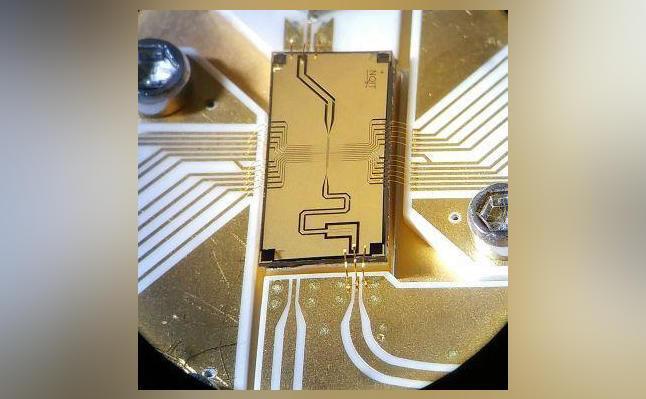
Oxford Physicists Achieve Qubit Error of One in 6.7 Million, Set World Record
In a groundbreaking achievement, physicists at Oxford University have set a new world record for qubit operation accuracy by achieving the lowest error rate measured during a quantum operation. The remarkable feat has been documented in a recent publication in Physical Review Letters, where the team reported an error rate of 0.000015%, or one error per 6.7 million.
Qubits, or quantum bits, are the fundamental units of quantum information processing. They are the quantum equivalent of classical bits, but with the ability to exist in multiple states simultaneously, making them incredibly powerful for processing complex calculations and performing tasks that are beyond the capabilities of classical computers.
However, the fragile nature of qubits makes them susceptible to errors, which can quickly accumulate and render the entire quantum computation useless. To overcome this challenge, researchers have been working tirelessly to develop more accurate and reliable methods for controlling and manipulating qubits.
The Oxford team, led by Professor Jonathan Home, has used a trapped calcium ion as the qubit and controlled its quantum state using electronic (microwave) signals. The calcium ion was held in place using a combination of electromagnetic fields and laser beams, allowing the researchers to precisely manipulate its quantum state.
To achieve the remarkable error rate of 0.000015%, the team employed a novel technique called “real-time feedback control.” This involved monitoring the qubit’s state in real-time and making adjustments to the microwave signals to correct any errors that may have occurred.
The researchers used a combination of advanced mathematical techniques and machine learning algorithms to develop the real-time feedback control system. This allowed them to optimize the control signals in real-time, ensuring that the qubit remained in the desired state with minimal errors.
The achievement is a significant milestone in the development of quantum computing, as it demonstrates the potential for high-fidelity quantum processing. The low error rate achieved by the Oxford team opens up new possibilities for applications in fields such as cryptography, simulation, and optimization.
In fact, the error rate achieved by the Oxford team is already comparable to the error rates achieved in some of the most advanced classical computing systems. This suggests that quantum computing could soon become a viable option for a wide range of applications.
The potential implications of this achievement are vast, with the possibility of developing quantum computers that can solve complex problems that are currently intractable with classical computers. This could have significant impacts on fields such as medicine, finance, and climate modeling.
The Oxford team’s achievement is not only a testament to their innovative approach to qubit control, but also a demonstration of the power of basic scientific research. The development of new technologies and techniques often arises from fundamental research into the underlying principles of the universe.
As Professor Home noted, “This achievement is a great example of the power of basic research. By understanding the principles of quantum mechanics and developing new techniques for controlling qubits, we have been able to push the boundaries of what is possible and make significant advances in the field of quantum computing.”
In conclusion, the Oxford team’s achievement of a qubit error rate of one in 6.7 million is a significant milestone in the development of quantum computing. The use of real-time feedback control and advanced mathematical techniques has opened up new possibilities for applications in fields such as cryptography, simulation, and optimization. As researchers continue to push the boundaries of what is possible, we can expect to see significant advances in the field of quantum computing in the years to come.
Source:
https://www.ox.ac.uk/news/2025-06-10-oxford-physicists-set-new-world-record-qubit-operation-accuracy






